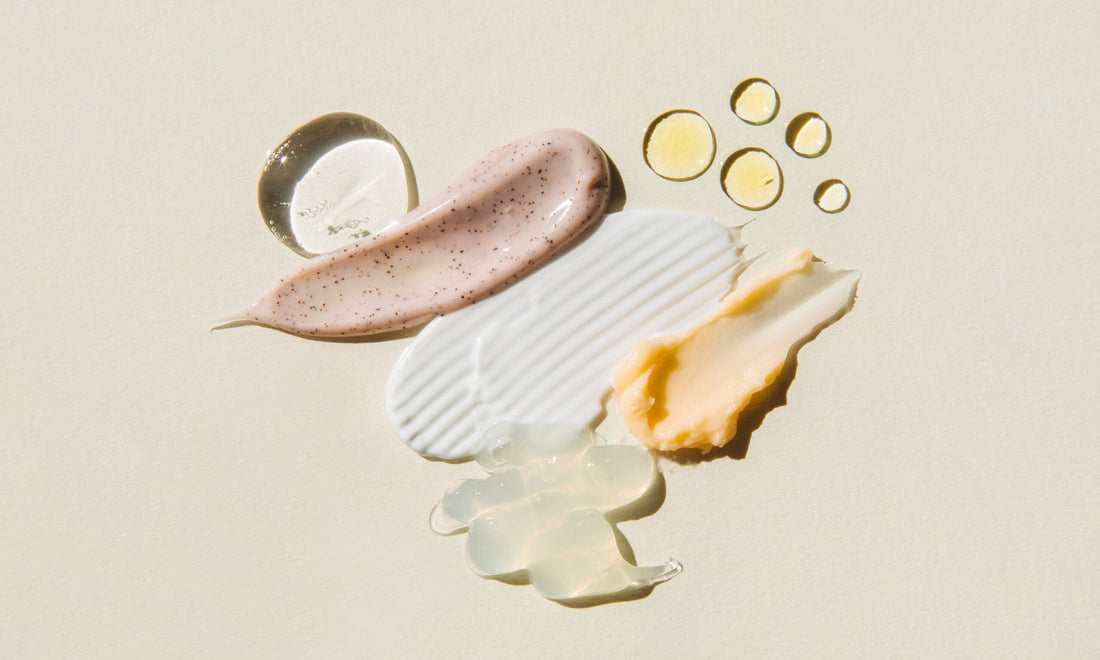From Lab to Shelf: Behind the Science of Peptides and Ceramides
In the ever-evolving world of skincare, two powerhouse ingredients continue to dominate the conversation: peptides and ceramides. Praised for their ability to restore, protect, and rejuvenate the skin, these scientific marvels are now staples in countless formulations. But what exactly are they, and how do they go from laboratory discovery to everyday beauty essential? Let’s break it down.
What Are Peptides?
Peptides are short chains of amino acids—the building blocks of proteins like collagen and elastin, which are essential for maintaining skin's firmness and elasticity. In skincare, peptides signal your skin to produce more collagen, essentially tricking it into acting younger and healthier.
Benefits of Peptides:
-
Boost collagen production to reduce fine lines and wrinkles.
-
Strengthen the skin barrier by improving hydration and resilience.
-
Enhance skin texture and tone for a smoother, more even complexion.
What Are Ceramides?
Ceramides are lipid molecules naturally found in the skin’s outer layer (stratum corneum). They act as the “mortar” between skin cells, keeping the barrier intact and protected against environmental aggressors and moisture loss.
Benefits of Ceramides:
-
Lock in moisture to prevent dryness and dehydration.
-
Reinforce the skin’s protective barrier, especially important for sensitive or compromised skin.
-
Soothe inflammation and reduce redness caused by harsh products or conditions.
The Science Behind the Formulation
Peptides and ceramides are not just trendy buzzwords—they’re backed by science. In labs, chemists isolate and synthesize these molecules to create stable, bioavailable forms that can effectively penetrate the skin.
Challenges in Development:
-
Stability: Peptides can degrade easily if not formulated correctly. Advanced encapsulation technology is often used to protect and deliver them efficiently.
-
Absorption: Both peptides and ceramides need to be formulated with the right molecular size and carrier systems to ensure they reach the target layers of skin.
From Lab to Shelf
The journey from concept to consumer includes:
-
Research & Development: Scientists test peptide and ceramide combinations for efficacy, safety, and compatibility with other ingredients.
-
Clinical Testing: Products are rigorously tested on human skin for results like wrinkle reduction, hydration improvement, and barrier repair.
-
Regulatory Approval & Packaging: Products are labeled and preserved in packaging that maintains ingredient potency—airless pumps and opaque containers are common for peptide-rich serums.
How to Incorporate Peptides and Ceramides in Your Routine
-
Use Peptides: Look for serums or moisturizers that contain signal peptides or carrier peptides. Apply them after cleansing and before heavier creams.
-
Use Ceramides: Ideal in moisturizers or night creams, ceramides are best used daily to maintain hydration and reinforce the skin barrier.
Final Thoughts
Peptides and ceramides exemplify how cutting-edge science meets real-world skincare needs. By understanding what these ingredients do and how they’re developed, you can make smarter choices for healthier, more resilient skin. So the next time you apply your favorite serum or cream, you’ll know there’s real science—and years of research—behind that little pump.


